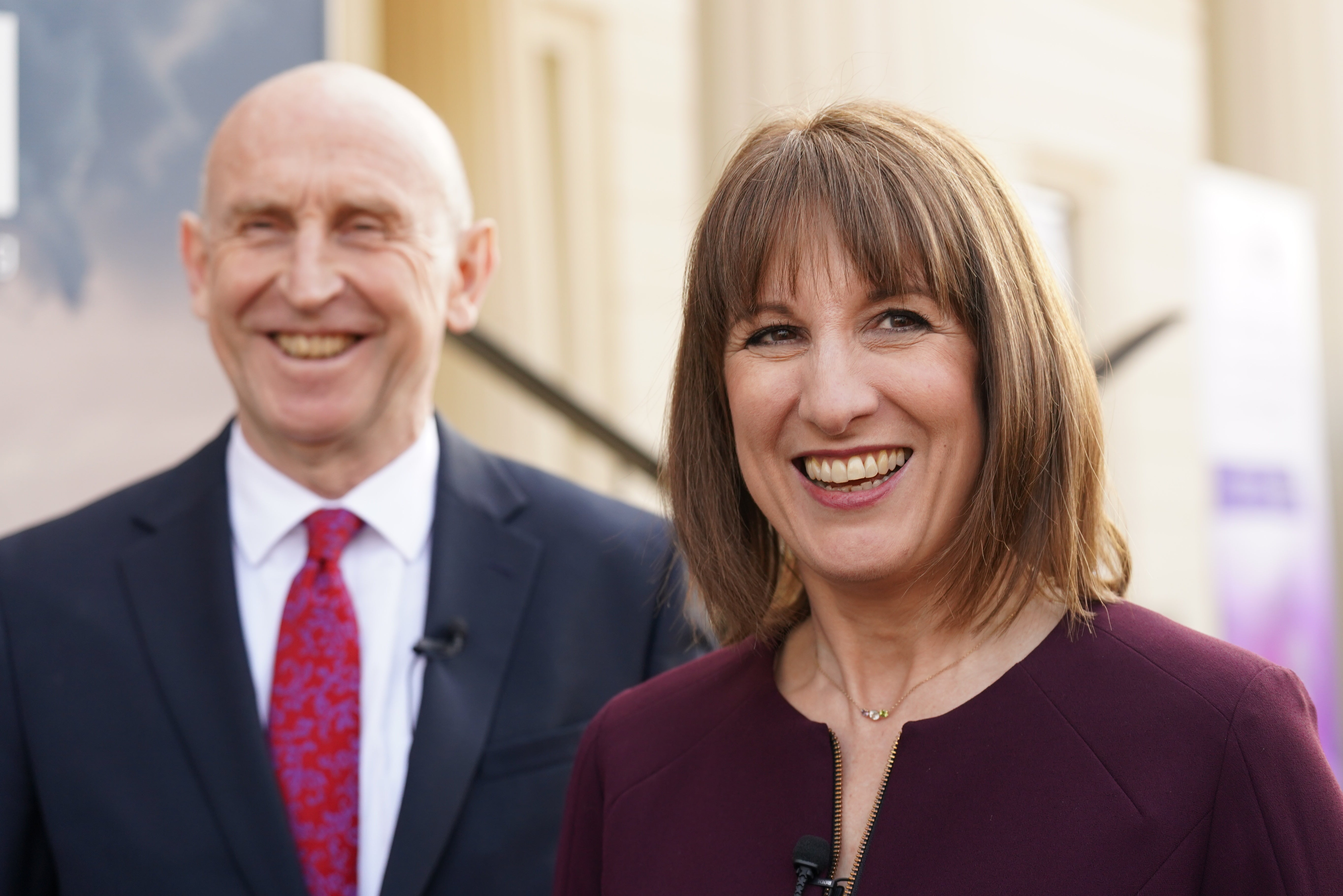The UK economy grew by 0.5 per cent in February in a boost to Labour following several months of almost flatlining, with the Office for National Statistics (ONS) pointing to “widespread growth” across multiple sectors.
In January, an unexpected 0.1 per cent decline was initially reported before the ONS revised its estimates to a flat month, following just 0.1 per cent growth in the final quarter of 2024 – so February’s change of gears will be welcome news to Rachel Reeves.
Commenting on Friday’s GDP figures for February, ONS director of economic statistics Liz McKeown said: “The economy grew strongly in February with widespread growth across both services and manufacturing industries.
“Within services, computer programming, telecoms and car dealerships all had strong months, while in manufacturing, electronics and pharmaceuticals led the way and car manufacturing also picked up after its recent poor performance.
“Across the last three months as a whole, the economy also grew strongly with broad-based growth across services industries.”
Speaking about the data, chancellor Rachel Reeves acknowledged that the positivity would be tinged with more immediate concerns over tariffs and potential trade wars following a wild week in the stock markets.
“These growth figures are an encouraging sign, but we are not complacent. We must keep going further and faster on our Plan for Change,” Ms Reeves said.
“The world has changed, and we have witnessed that change in recent weeks. I know this is an anxious time for families who are worried about the cost of living and British businesses who are worried about what this change means for them. This government will remain pragmatic and cool-headed as we seek to secure the best deal with the United States that is in our national interest. At the same time, we will be relentless in our work to kickstart economic growth, provide security for working people and renewal for Britain.”

In response, the Conservative party played down the figures and pointed to perceived missteps from the Labour government previously.
Mel Stride MP, shadow chancellor of the exchequer, said: “Since coming to office, Labour’s choices have killed growth stone dead and there is still a long way to go to recover.
“At the emergency budget, the forecasts for growth, inflation and borrowing all moved in the wrong direction because of Labour’s decisions. Hardworking families deserve better than a government crowing about sluggish growth whilst they will be £3,500 worse off because of the Jobs Tax.”
While the rate of growth was definitely of a larger scale than some had anticipated, today’s data does point to February – before increases in energy bills, rises in labour costs through National Insurance and minimum wage, plus the more recent and unexpected advent of uncertainty caused by the US president placing tariffs on nations around the globe.
Even so, the spread of growth should provide optimism within the UK, say economists, with ONS pointing to an estimated 0.6 per cent growth in the three months to February 2025, in large part due to services sector growth.

Luke Bartholomew, deputy chief economist at Aberdeen, said: “The economy grew much faster than expected in February. Some of this probably represents standard monthly volatility, but the strength is reasonably broad, and the data should provide some reassurance that growth was holding up before tariffs, national insurance, national living wage and the spring statement impacted.
“However, tariff developments and the swings in market sentiment will likely dominate any backward-looking data in terms of shaping the outlook for the economy and policy.”
Martin Sartorius, principal economist at the Confederation of British Industry (CBI), urged the government to continue seeking out ways to “ease existing pressures” on businesses.
Despite the overall positive impact of the growth figures, their backward-looking nature and what has since transpired with Donald Trump’s tariffs means an interest rate cut is still expected next month in order to further stimulate the UK economy.
“We continue to expect another rate cut from the Bank of England in May despite the somewhat growth given the likely disinflationary shock from global trade developments,” added Aberdeen’s Mr Bartholomew. “Meanwhile, the volatility in gilt yields may further encourage an eventual shift in the fiscal rules, as the government tries to insulate from some of the externally-driven movement in financial conditions.”
Suren Thiru, economics director at ICAEW, agreed on a likely rate cut and pointed out that part of the larger-than-expected growth may continue into the next data set – due to firms bringing forward business while uncertainty reigned at the time.
The latest UK inflation figures will be announced on 16 April, with the next Bank of England meeting to discuss potential interest rate cuts coming on 8 May.
In the US, inflation fell by more than expected to 2.4 per cent in March, as the country prepares to deal with the impact of Donald Trump’s back-and-forth tactics on tariffs.





